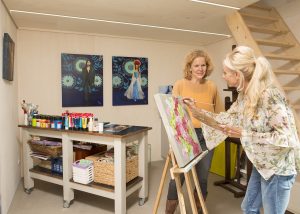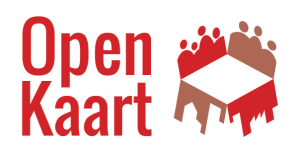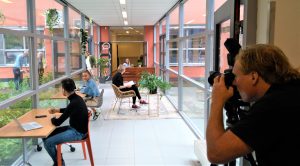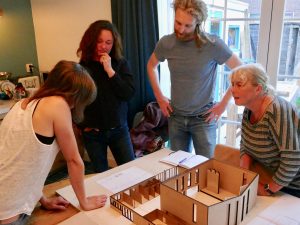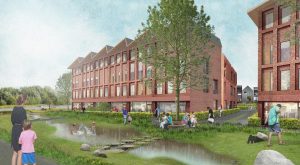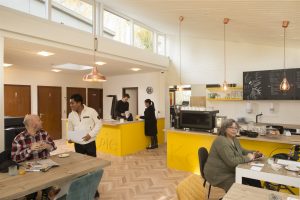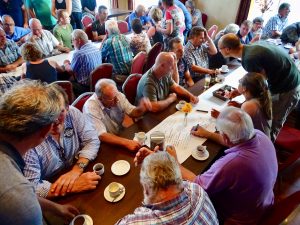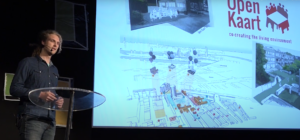Mensen die op zoek zijn naar inspiratie lopen een rondje, zoeken op internet of gaan op vakantie. Bedrijven die over de koers van hun organisatie nadenken huren voor een dag een inspirerende ruimte buiten hun kantoor. Dat helpt hen tot nieuwe invalshoeken te komen. En wat doen mensen met een creatief beroep als ze creatief willen zijn? Die gaan naar hun werkplek. Elke dag opnieuw.
